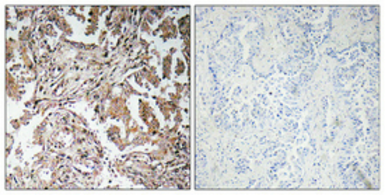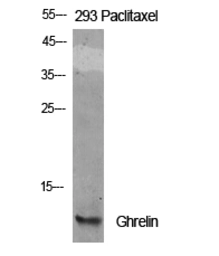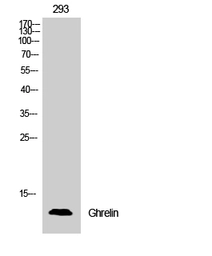Ghrelin antibody
Cat. No. GTX33964
Cat. No. GTX33964
-
HostRabbit
-
ClonalityPolyclonal
-
IsotypeIgG
-
ApplicationsWB IHC-P
-
ReactivityHuman


